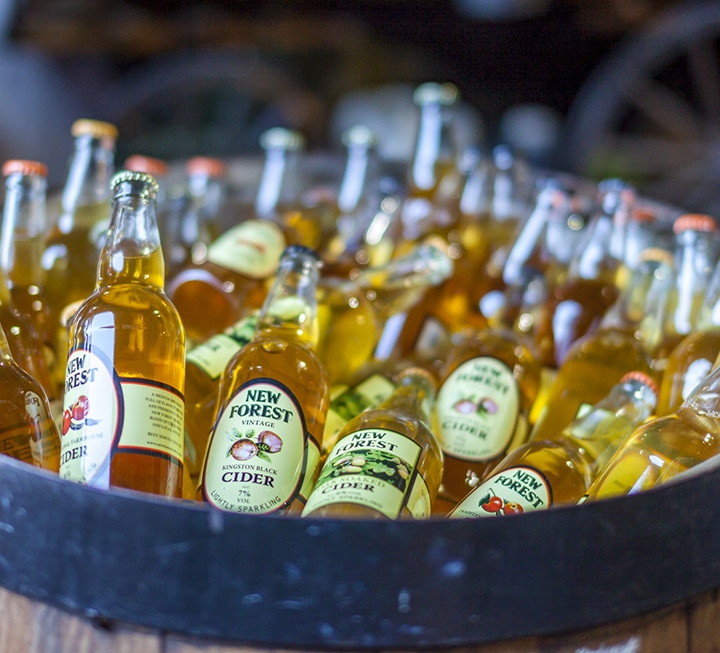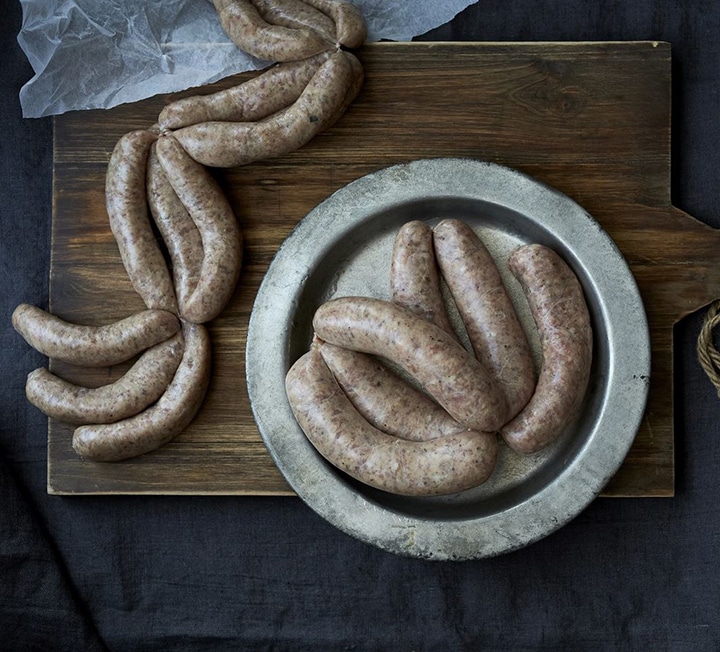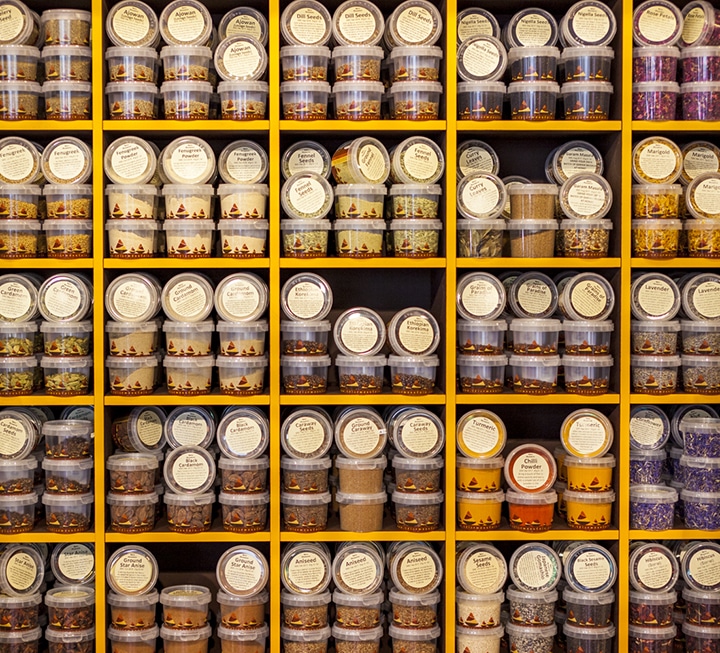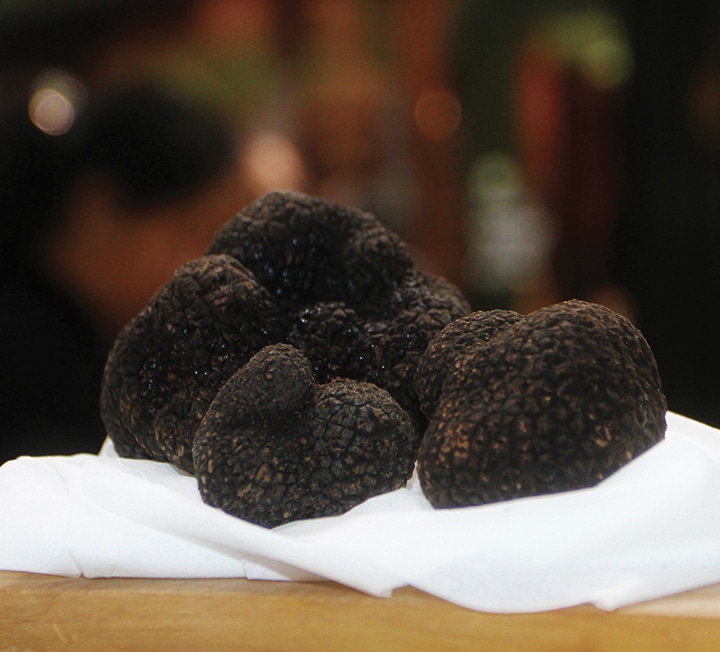What it takes: making traditional cider
Barry Topp of New Forest Cider, whose ciders are sold at The Cider House, on the intricacies behind the apparently simple task of fermenting apple juice


“THE OLD LORE WAS THAT CIDER PRESSED IN AUTUMN SHOULDN’T BE DRUNK UNTIL THE CUCKOO SINGS, WHICH IS AROUND APRIL OR MAY”
Interview: Viel Richardson
What is the basic process for making a West Country cider?
We pick the fruit in the autumn when the weather is cooling. After blending the apples, we press them and store the juice in large vats for the primary fermentation. This process continues until some point in January. When the weather is right, we then move the juice – minus the sediment – into fresh vats, adding a bit of sugar. We don’t filter the fermented juice, so there’s still a little bit of yeast to feed on the sugar. We then seal the vat tight and leave it. The old lore was that cider pressed in autumn shouldn’t be drunk until the cuckoo sings, which is around April or May, when the weather really starts to warm up and the yeast in the cider starts feeding more actively, giving the finished drink a little natural sparkle.
What is your approach to cider making?
My West Country connections mean I have always gone for a very traditional type of cider, made with bittersweet and bittersharp apples. I was taught to make cider by a wonderful woman called Jean Noelle, over in Herefordshire. One of her mantras was: “You have to be able to look your customers in the eye and say that there were no ‘brook apples’ in my cider.” That means there is no water bulking out the volume.
How many different types of cider do you make?
We make sell three distinct types, each with its own specific qualities: the traditional West Country ciders, a French-style cidre bouche, and a champagne cider. Each one starts with us pressing apples, but then follows a very different process to get to the final result. You can buy them all at The Cider House.
Do you use more than one variety of apple in each cider?
Most of the time. Modern drinkers often find traditional cider a bit intense, so we try to create a blend that will have the feel of a very traditional cider but which has been tweaked a little for the modern palate. For example, I sometimes add culinary apples to the cider blend to bring some lightness to the drink. We do make one single varietal cider using the Kingston Black apple. It’s a bittersharp apple which, because the skin is high in tannins, is able to create a balanced cider all on its own. Compared to the other varieties we make, it produces a slightly stronger drink. It is a ‘vintage’ cider – a name reserved for single varietal ciders.
How do you create a blend?
Creating a blend of juices that will taste great after fermentation is a mixture of art, science and experience. One blend we have uses Black Dabinett, Darlington Mill, Michelin and possibly a bit of Bramley to add some acidity. Others we use include Tremlett’s Bitter, Port Royal and Stoke Red. You either mix up the whole apples and then juice them all together, or else juice the apples separately and blend the fermented juice. I favour blending the whole apples – for me, it gives you something extra. Thankfully, I have the size of machinery you need to do so. Many smaller producers have no choice but to press the individual apples.
Are great apples the key?
Very much so. To get the mix we want for each drink, we buy apples in as well as growing our own. We source some from an old orchard in West Pennard in Somerset and others from a farm in Melplash, west Dorset. We have to collect them in small lorries we call six-wheelers, as you can’t get large lorries down the tiny lanes.
So, making cider is a real craft.
The basics are very simple. But it’s a case of getting to really understand each stage, the weather, the chemistry, the apples and how you blend them to create the taste profile you want to achieve.


